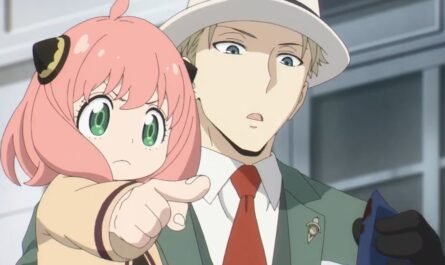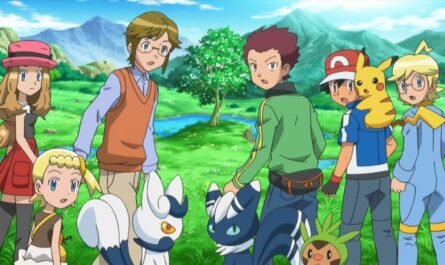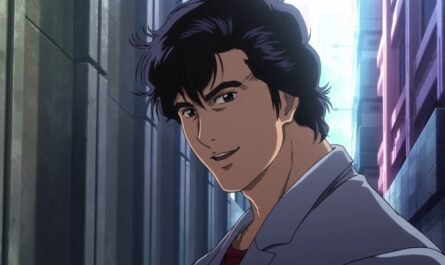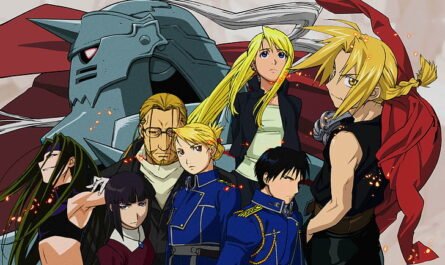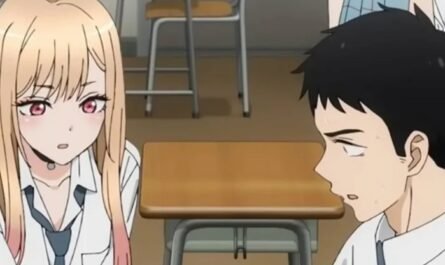The year when a revolution occurred in the world of anime
Thirty years ago, in 1995, a series of works that revolutionized the anime world appeared one after another. Some of these works are masterpieces that remain popular today and have influenced future generations in anime expression and the anime business.
From the 1990s (6 photos), “Neon Genesis Evangelion,” which began airing in October 1995, was a TV anime worth noting in this respect. It gained explosive popularity with its attractive characters, innovative direction, and story development. GAINAX produced it, attracting attention with “Nadia: The Secret of Blue Water.” It was directed and written by Hideaki Anno, who later worked on the “Shin Series,” including “Shin Godzilla.
” The series had been attracting the attention of enthusiasts even before it began airing, but once it started airing, it was filled with never-before-seen footage, numerous mysteries including the “Human Instrumentality Project,” and the popularity of the Eva pilots “Rei Ayanami” and “Asuka Langley Soryu.” Computer communications and internet message boards were flooded with speculation, and sometimes heated debates were held.
The series also drew attention for adopting the “production committee method” of recruiting many investors. Sales of character goods and videos (LD and VHS) also reached massive amounts, making it a model case of “entering with little risk and making big profits if it becomes a hit. ” It was also a work that inspired the creation of many anime later.
A “new way” to draw Gundam characters
Mobile Suit Gundam Wing, which began airing in April 1995, is a story about five Gundam pilots and the people around them who find meaning in their existence in battle. It was the first Gundam series to air in America, and it is known as a popular work overseas. Another prominent feature of this series is that the main characters, such as Heero Yuy and Duo Maxwell, are beautiful boys, and it has successfully attracted many female fans.
Another notable point is that there were many changes in the robots, which is unusual for a Gundam series that tends to have a fixed robot. Female characters, often used as accessories in previous Gundam series, were usually portrayed as independent women in “W,” and the growth of the heroine Relena Dorian (Peacecraft), in particular, functioned as the axis of the work. It is probably difficult to imagine Relena, told by Heero, “I’m going to kill you” in the first episode, as a figure with strength and kindness at the end of the series.




